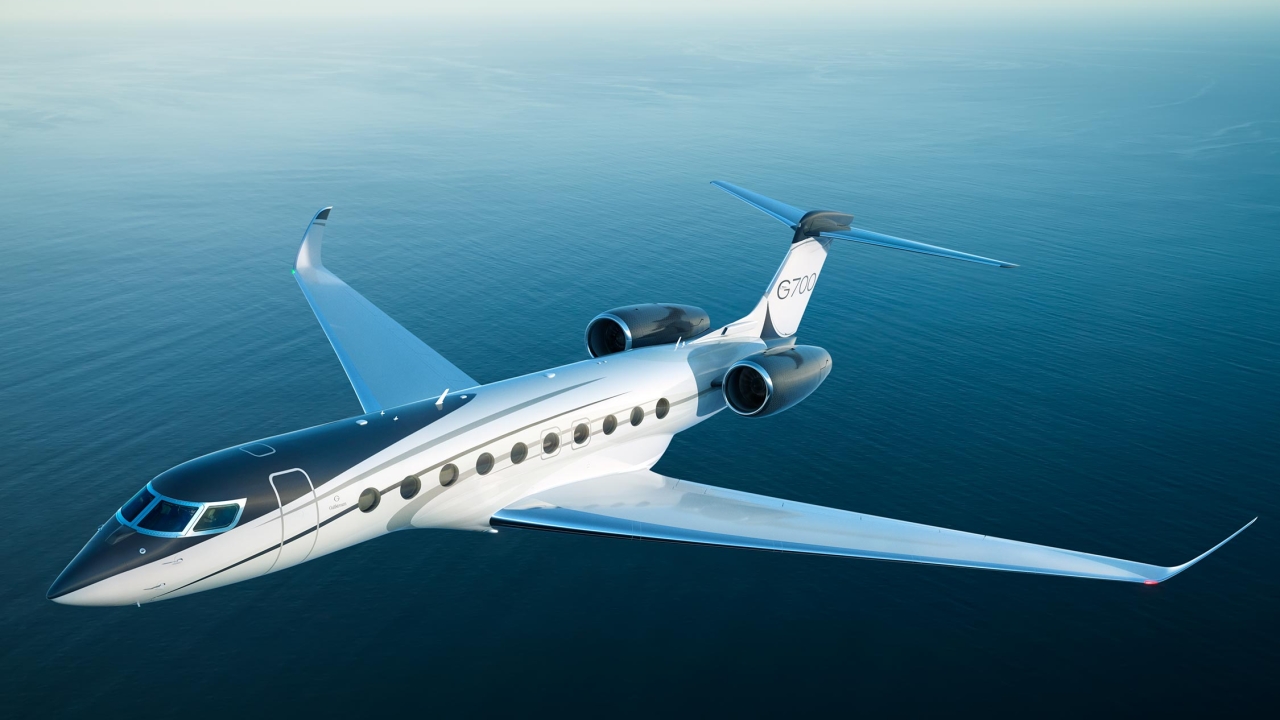Time for Denali
Cessna is entering a new segment of the aircraft market with its in-development Denali single-engine turboprop. Dave Calderwood takes a first look.

Cessna already has the best-selling single-engine turboprop aircraft with its Caravan series. So why is it developing another?
One simple answer is speed.
The much-loved Caravan is a strong, versatile, load-lugger. But it’s not quick.
The new Cessna Denali, on the other hand, will be capable of 285kt – not as quick as a jet but much better for covering longer distances than the high-wing draggy airframe Caravan.
Now you don’t have to be a plane-spotter to realise that Cessna is targeting the market segment currently occupied by the Pilatus PC-12; the second best-selling single-engine turboprop over the past 10 years.
They are similar size aircraft, with the Denali just edging it with a 5% bigger cabin. They both cruise at similar speeds, both pressurised, both have tough undercarriage for use on unimproved strips, and their service ceilings are similar at around 30,000ft.
But Cessna’s advantage is that it’s had time to see the market develop, taken feedback from operators, and with a clean sheet design – and a brand-new engine – the US company is sure it can match and beat the PC-12’s all-round appeal.
Dan Lyon, Cessna's manager of engineering on the Denali, answered our questions:
Q) What are the specific features of the Denali that will make it attractive in the single-engine turboprop market?
A) The large, stylish and comfortable cabin (6,130ft cabin altitude @ 31,000ft ceiling), low direct operating cost and how easy this aircraft will be to fly are the areas where the Denali really excels.
Q) What are the advantages of the new GE Catalyst engine? The propeller looks pretty special too.
A) The GE catalyst engine brings proven technology to the general aviation turboprop, resulting in increased maintenance intervals, lower fuel burn resulting and lower operating costs. The full-authority digital engine control (FADEC) allows for efficient engine operation without adding workload to the pilot. The McCauley propeller was specifically design and optimised for the Denali – we want a quiet, efficient, durable and lightweight propeller.
Q) Will the Denali be able to cope with unimproved, rough and short strips?
A) Yes, the durable trailing link landing gear has been designed for use on unimproved strips. While we will need the flight-tests to determine the final take-off performance, we are targeting [a take-off] roll of less than 2,900ft at maximum take-off weight, sea level on a standard day.
Q) What are the range and performance targets?
A) Max cruise of 285ktas, 1,600nm range with one pilot, four passengers, plus 100nm National Business Aviation Association (NBAA) reserves at high-speed cruise.
Q) How is the Denali being optimised for single-pilot operation?
A) A considerable amount of effort has been put into the cockpit design and layout. Several iterations optimised the cockpit ergonomics and the design team worked hard to reduce switches and circuit breakers. The result is a clean, well laid-out cockpit ideal for single pilot operations. The FADEC-controlled engine, with single lever power/prop control, goes a long way in reducing the pilot workload and making the Denali easy to fly for a single pilot. As far as the Garmin G3000 [for the avionics and flightdeck], it’s the ease of use, intuitiveness and features that were major factors in it being selected.
Q) Can the cabin be easily reconfigured for passengers and/or cargo?
A) Yes, the seats, lavatory and dividers have been designed for easy and quick removal. The pilot’s operating handbook (POH) will contain weight and ballast information for a wide range of configurations and loadings.
Q) How will the purchase cost and direct operating costs (DOCs) compare?
A) The base aircraft, which is very nicely equipped, is priced at $4.8 million. Due to the clean sheet modern airframe and systems design, along with advanced engine technology, we expect the DOCs to be significantly lower than existing products.
Q) When will we see a complete flying Denali?
A) First flight is planned for 2019, certification in 2020 with first deliveries soon after.
Q) Who are the likely customers?
A) There has been a lot of interest in both the standard executive and commuter configurations, as well as a quick-change or dedicated medevac aircraft.
Stay up to date
Subscribe to the free Times Aerospace newsletter and receive the latest content every week. We'll never share your email address.

